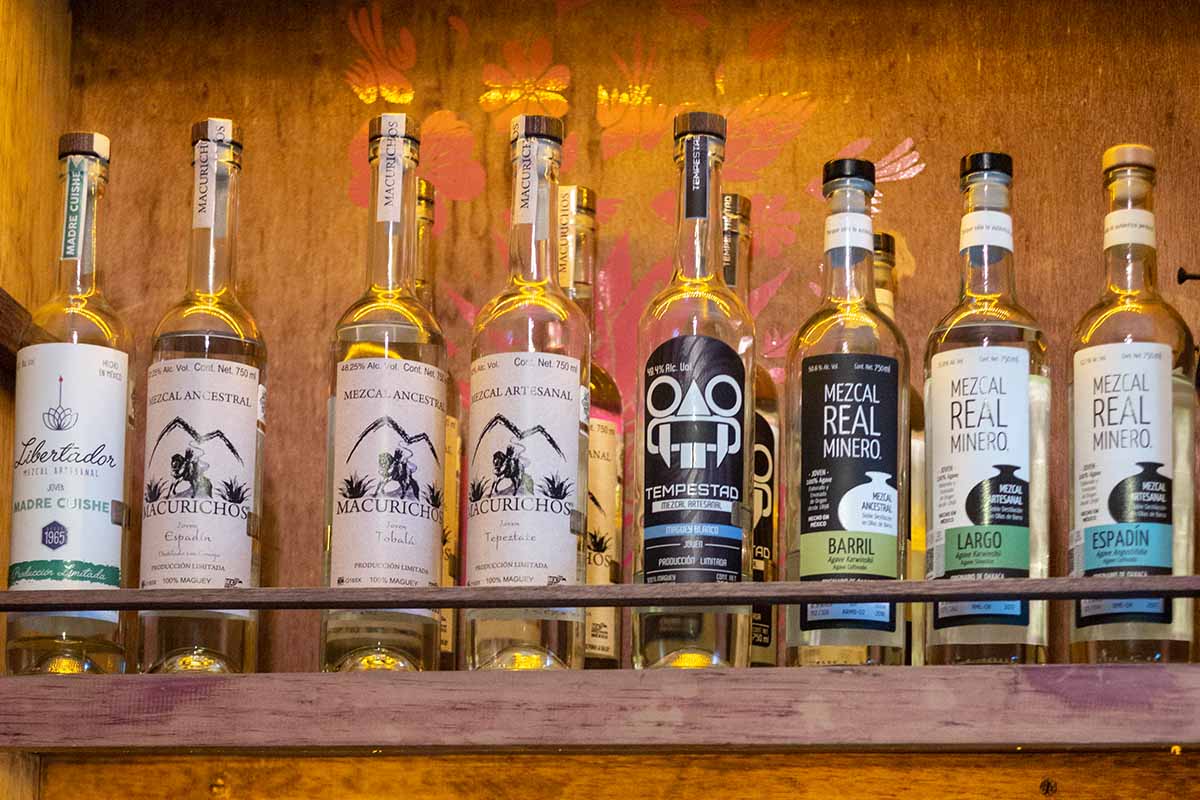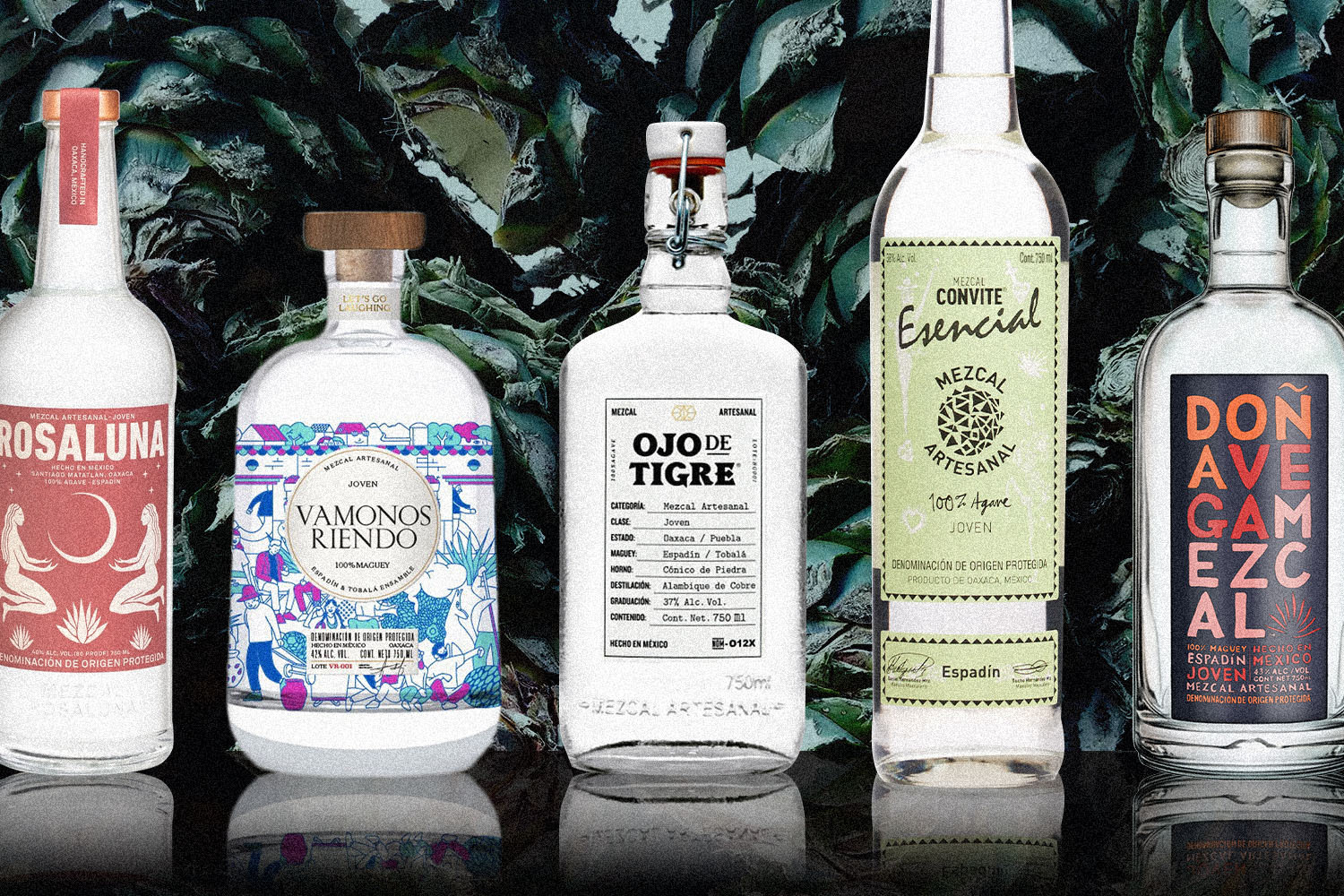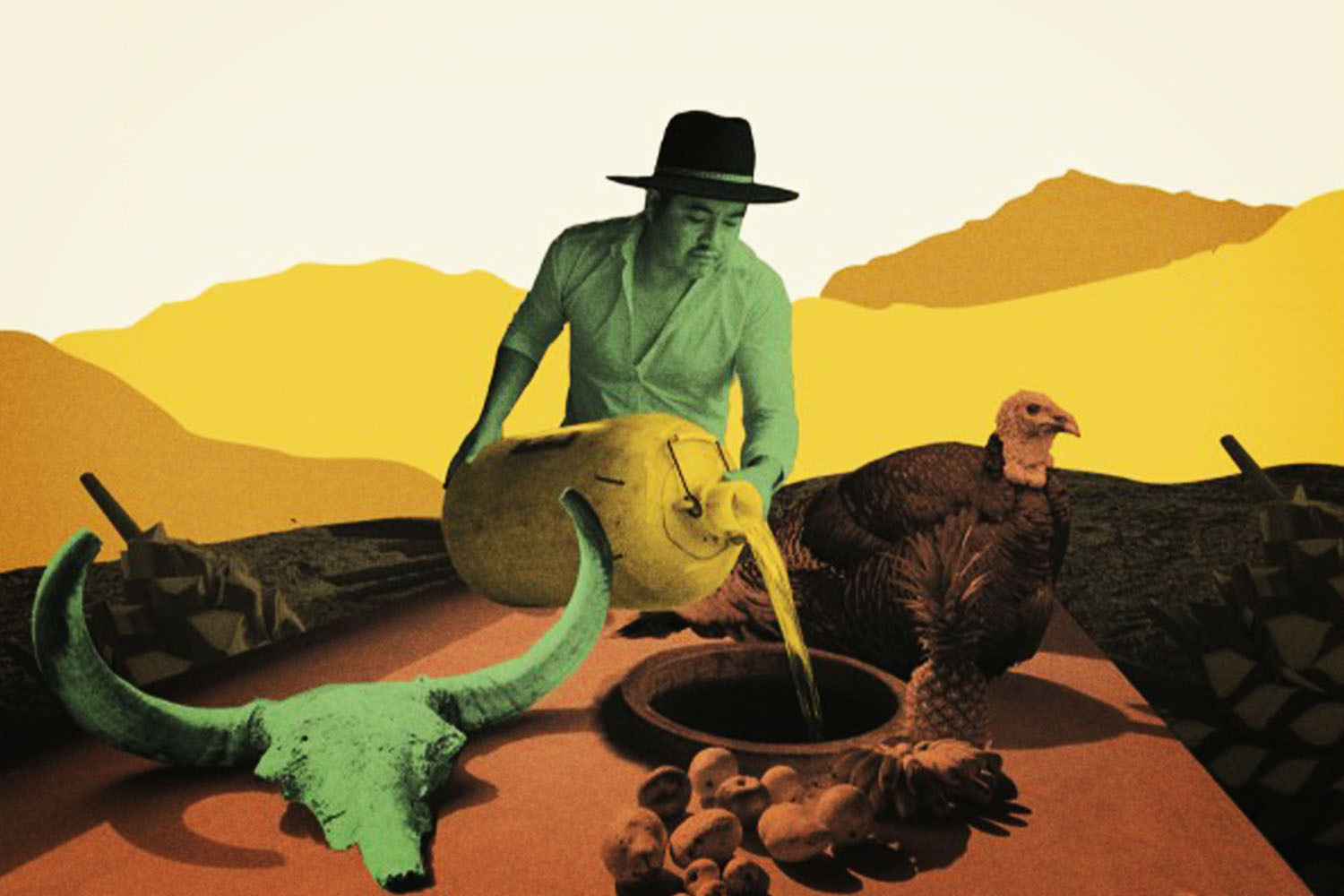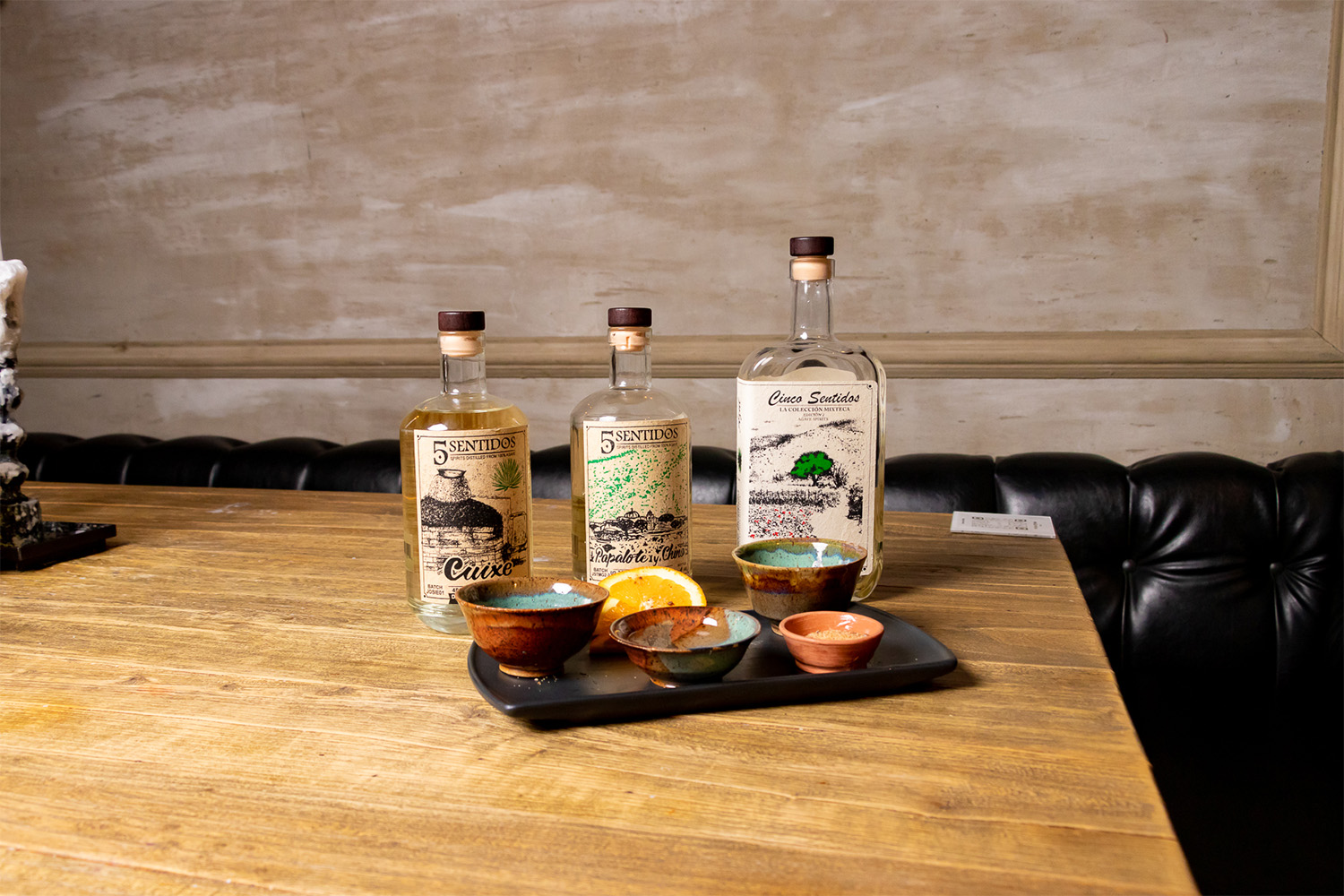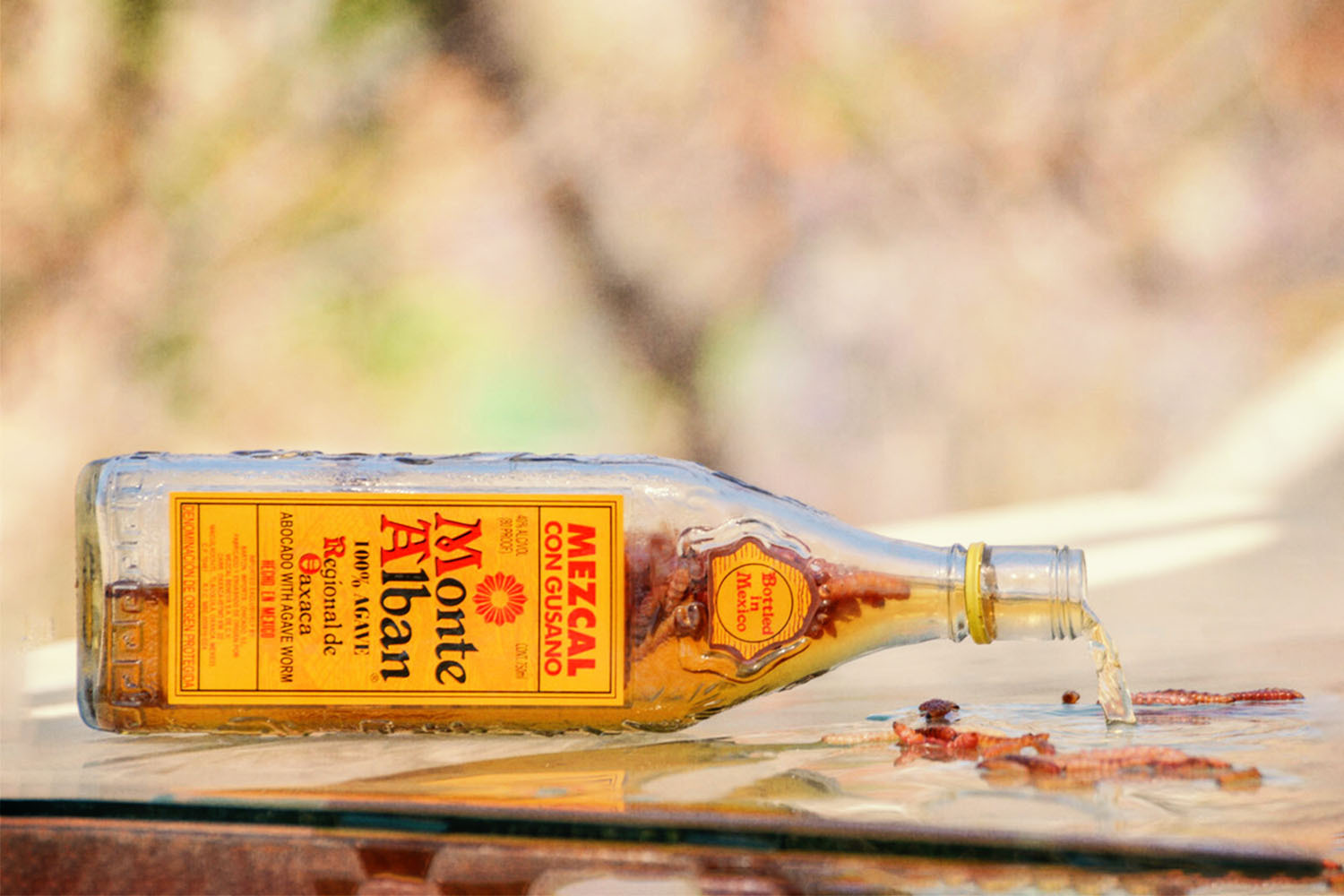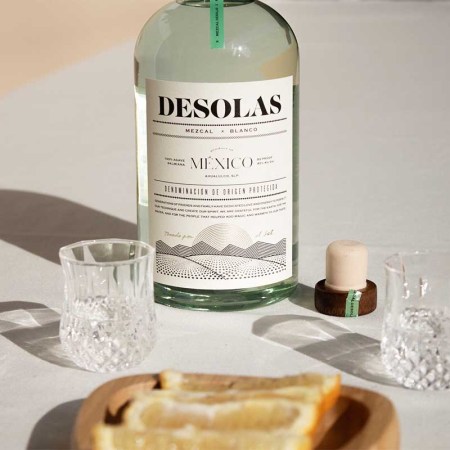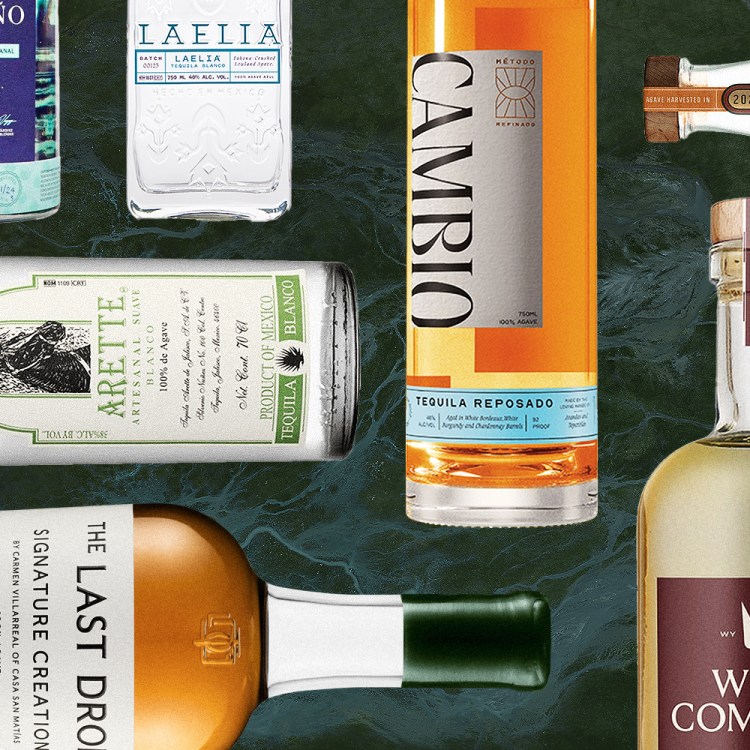To be fair, the title of this article is intentionally misleading. How could I possibly know what you know about mezcal? But how about this: Media icons like the New York Times, the Los Angeles Times, National Geographic and Food & Wine consistently include inaccuracies in their mezcal articles. So if you get your knowledge from reputable sources like these…you’re hardly to blame. But I’m here to set the record straight for you. (And here are my agave credentials, in case you’re wondering.)
Below, four of the biggest misunderstandings about what mezcal is and what it isn’t. Some of these ideas are “true” but somewhat inaccurate, some are repeated falsehoods and a few of these ideas were possibly once true but now … well, you’ll see.
CONFUSINGLY FALSE: All tequila is mezcal, but not all mezcal is tequila
If you read this in an article in 1993, then fair enough. But in 1994, the Mexican government began the process of establishing a denomination of origin for mezcal that, in essence, gives it a kind of trademark to the word. That process was completed in 1997, at which point the Mexican government set out to define exactly what mezcal is, and in so doing, they also defined what mezcal is not.
One of the things that mezcal is not is made in Jalisco. If you’re distilling a spirit from fermented agave in Jalisco, you could, if it followed some other requirements, certify it as tequila. In certain regions of the state, you could certify it as raicilla (again, assuming you followed the rest of the requirements of that denomination of origin). But nowhere in Jalisco can you certify an agave spirit as mezcal.
The Proper Way to Drink Mezcal (And 8 Bottles You Should Try)
Lessons learned from whiskey sipping do not apply hereSince the vast majority of tequila is made in Jalisco … well, how, then, could all tequila be mezcal, if mezcal can’t be made in Jalisco? The source of the confusion is that mezcal used to be the name of a category of spirits. In the same way that spirits distilled from fermented grain tend to be whiskey, spirits distilled from agave used to be considered mezcal. But once the Mexican government defined mezcal with such specificity — and in so doing stole the word from families in places like rural Jalisco who had been making mezcal for multiple generations — they in essence converted mezcal from a category to an expression. That expression is agave spirit. Yeah, I know — the most unromantic name for a category of spirits ever. Hey, don’t blame me — blame the Mexican government.
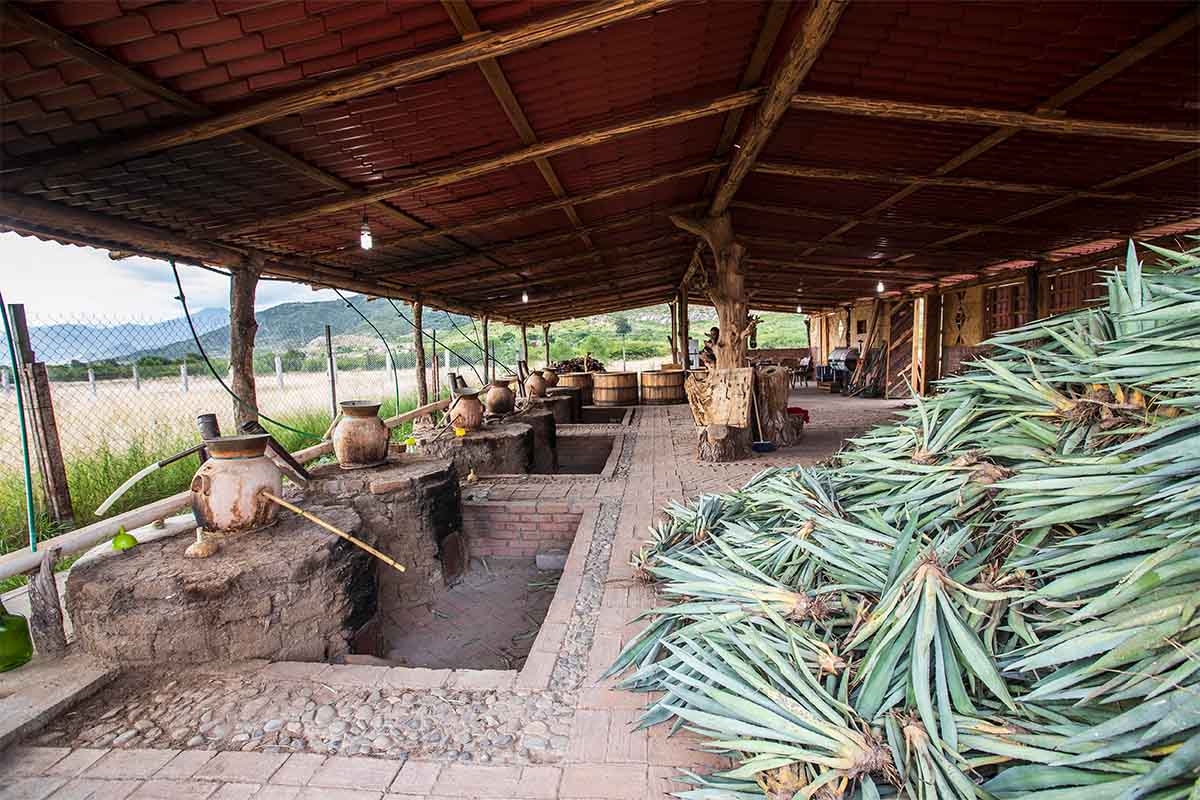
FALSE: Tequila is made by machines and mezcal is made by hand
That whole denomination of origin thing, which establishes what mezcal is and isn’t and what tequila is and isn’t? Well, those regulations allow for either of these two agave spirits to be made by machines or by hand. Now the reality is, the vast majority of tequila is made using industrial processes, and the vast majority of mezcal is made using at least some pre-industrial processes. But … but but but … if you’re drinking certain expressions made by Cascahuin, you’re drinking a tequila made entirely by hand using pre-industrial processes. And if you’re drinking Zignum, you’re drinking a mezcal made with a diffuser, the most industrial way to convert agave into alcohol.
MORE THAN TRUE: Mezcal can be made from more than 40 kinds of agave
This one is actually true. Mezcal can be made from more than 40 kinds of agave. Actually, it can be made from a lot more than 40 kinds of agave.
I don’t know when this particular inaccuracy started finding its way into print, but it’s suddenly being repeated everywhere. Seems like every other mezcal article I read uses language that approximates that “40 agaves” nonsense.
The way the regulations are written, mezcal can be made from any kind of agave. Any. According to research conducted by the UNAM Institute of Biology, the most pre-eminent of Mexico’s universities, there are 159 species of agave that have been identified in Mexico. The greatest diversity of these species can be found in Oaxaca.
And here were just talking about species. There are varieties within those species. Do you like a spirit made from Madrecuishe? Me, too! That’s a variety of Agave Karwinskii. You know what else is a variety of Agave Karwinskii? Bicuishe, Barril, Largo and Tobasiche. And that’s just off the top of my head. Point being, once you start investigating each of those species, you’re going to find a bunch of varieties, which puts us way outside of a few hundred kinds of agave.
And any of them can be used to make mezcal. Assuming they are growing within one of the nine states where you can now certify your agave spirits as mezcal.
MISLEADING: Mezcal made from wild agave isn’t sustainable
Well, here again, we have a true statement, but one that is inaccurate — as in, misleading. There’s a repeated lie that says that wild agave is disappearing because we’re drinking spirits made from it.
Come with me on any agave road trip and we’ll drive through hours upon hours of wild agave growing crazy in the desert. And not just the desert, but in the wooded regions of Mexico, the rain forests of the country — almost everywhere, really. The only place wild agave doesn’t grow in Mexico? Agave farms.
In 2020, 90% of all mezcal was made from one single variety of agave: espadin. And while it’s possible to find wild espadin, it sure isn’t probable. I’m not sure I’ve seen it in the wild in ten years — suggesting that 90% of all mezcal made in 2020 was made with one agave, and at least the vast majority of it was farmed.
And, hey, that remaining 10% that wasn’t made from farmed espadin? Well, some percentage was made from farmed cupreata; some from farmed cenizo; some from farmed tobala. So what does that leave us with for mezcal made from wild agave? I’d bet it was less than 3%.
My point is, we’re not drinking wild agave out of existence. What we are doing is, by consuming all that farmed espadin, we’re digging up the wild lands where wild agave once grew and turning that land into monoculture agave farms. And it’s not just wild agave that’s disappearing as a result — it’s all the other wild plants that once thrived on that land. And all the insects and animals that thrived there, too.
So my suggestion is, if you want to protect biodiversity, drink more mezcal made from wild agave. Maybe that’s just another way to eliminate wild agave from rural Mexico. But maybe not. If I had to bet on either small communities protecting their biodiversity or corporations doing it, my money would go to those small communities. In my opinion, they’ve been doing a better job of preserving their world than we have ours.
And, not for nothing, the mezcals made from wild agave tend to be delicious.
(Additional reporting by Chava Periban)
Every Thursday, our resident experts see to it that you’re up to date on the latest from the world of drinks. Trend reports, bottle reviews, cocktail recipes and more. Sign up for THE SPILL now.
